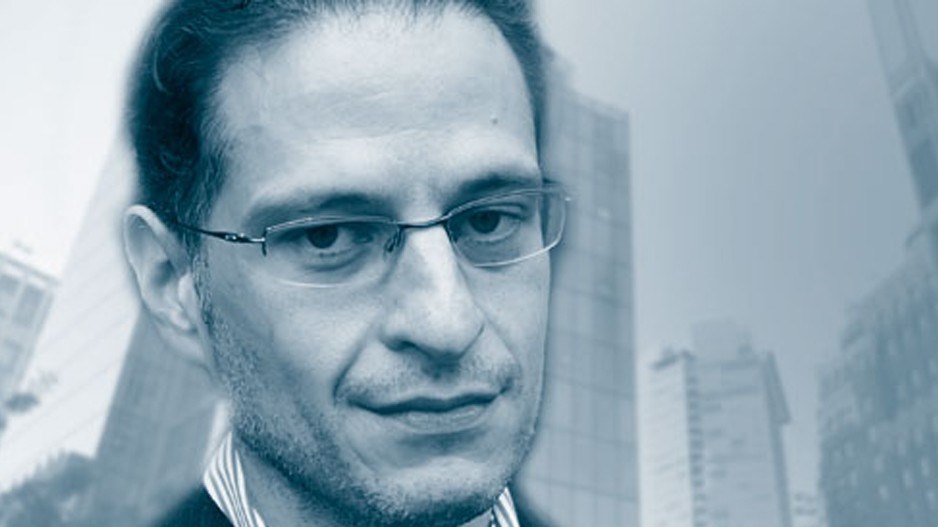In late 2018, a survey I collaborated on for the City of Vancouver sought to review why more than half of eligible voters chose not to cast a ballot in that year’s municipal election. The top three reasons given by non-voters were not knowing enough about the candidates (29 per cent), not knowing enough about the campaign issues (22 per cent) and the presence of too many candidates on the ballot (20 per cent).
Significantly fewer non-voters in Vancouver cited problems such as lack of time (13 per cent) or simply forgetting to vote (nine per cent). Similar proportions offered a more disparaging assessment, providing reasons such as lack of concern about the campaign topics (11 per cent), having a general dislike of politics (10 per cent) or not liking the candidates who were running (also 10 per cent).
The survey shows that the main foe in the battle to boost voter turnout is neither cynicism about politics nor our busy lives: it is confusion. Eligible voters, who participate heavily in provincial and federal elections where they use a pencil to mark an “x” next to the last name of a person, find it overwhelming to go through a long list of candidates, get acquainted with parties that have existed for weeks or months, and realize that the issues they want addressed require co-ordination with other levels of government.
Some municipal governments are actively trying to motivate voters to cast ballots this year, especially given the sad state of affairs that was evident in 2018. Across British Columbia, voter turnout in the last municipal election was tabled at 42 per cent. Since then, we have had larger provincewide participation rates in the 2020 provincial election (55 per cent, at the height of the COVID-19 pandemic) and two federal elections (76 per cent in 2019 and 75 per cent in 2021).
In Metro Vancouver, only 39 per cent of eligible voters cast a ballot in the 2018 municipal election. Communities such as Belcarra and Bowen Island led the way in turnout (85 per cent and 67 per cent, respectively), but fewer than two in five eligible voters participated in Vancouver (39 per cent), Richmond (36 per cent), Surrey (33 per cent) and Burnaby (32 per cent). In Coquitlam and the City of Langley, mayors and councils were chosen by one in four eligible voters (25 per cent).
While it is too early to tell how many voters will exercise their franchise this year, there are ways to address some of these recurring problems. The confusion that voters in Vancouver told us about four years ago is directly related to the ease in which residents can get on the ballot. A look at the Vancouver’s 2018 Voters Guide will outline the educational, jurisdictional and grammatical challenges of some mayoral contenders.
We have consistently found a majority of voters in Vancouver who would like to raise the bar. It is evident that finding 25 friends to sign nomination papers is not a complicated endeavour. We have much to learn from other municipalities that, while having smaller populations, have established higher thresholds for registration. In Winnipeg, mayoral candidates require 250 signatures to be listed on the ballot. In 2018, four mayoral candidates in Vancouver received fewer than 250 votes.
In addition, a ward system would provide an opportunity for local concerns – particularly in the largest municipalities – to be aired differently in council, much in the same way that the legislative assembly or the House of Commons currently function. Residents need to know who can take their cause to the next level. The current at-large system, where every councillor represents everyone, leads to skepticism, communication breakdowns and stagnation.
In August, majorities of voters in Vancouver (60 per cent) and Surrey (53 per cent) told Research Co. and Glacier Media that they support abandoning the at-large system. The incoming councils in these two municipalities should study this matter and make a clear proposal to voters. A modification would have a profound effect on the way campaigns are run and slates are put together.
Another change that could be helpful is the centralization of debates. Getting all the candidates to participate in every meeting organized by every group is practically impossible. When a contender fails to attend a specific debate, accusations of bias and favouritism proliferate, especially in this era of unbridled social media nastiness. Federal and provincial campaigns co-ordinate with media outlets to ensure that one or two well-attended meetings take place. This should not be too cumbersome in municipalities like Vancouver or Surrey, if community organizations are willing to work together.
Next week, we will know if voters in specific municipalities became more engaged in 2022. Raising the bar for candidate registration, adopting a ward system for council and centralizing debates are ideas worth exploring. Their implementation could see confused non-voters turning into active participants in democracy by 2026.
Mario Canseco is president of Research Co.




